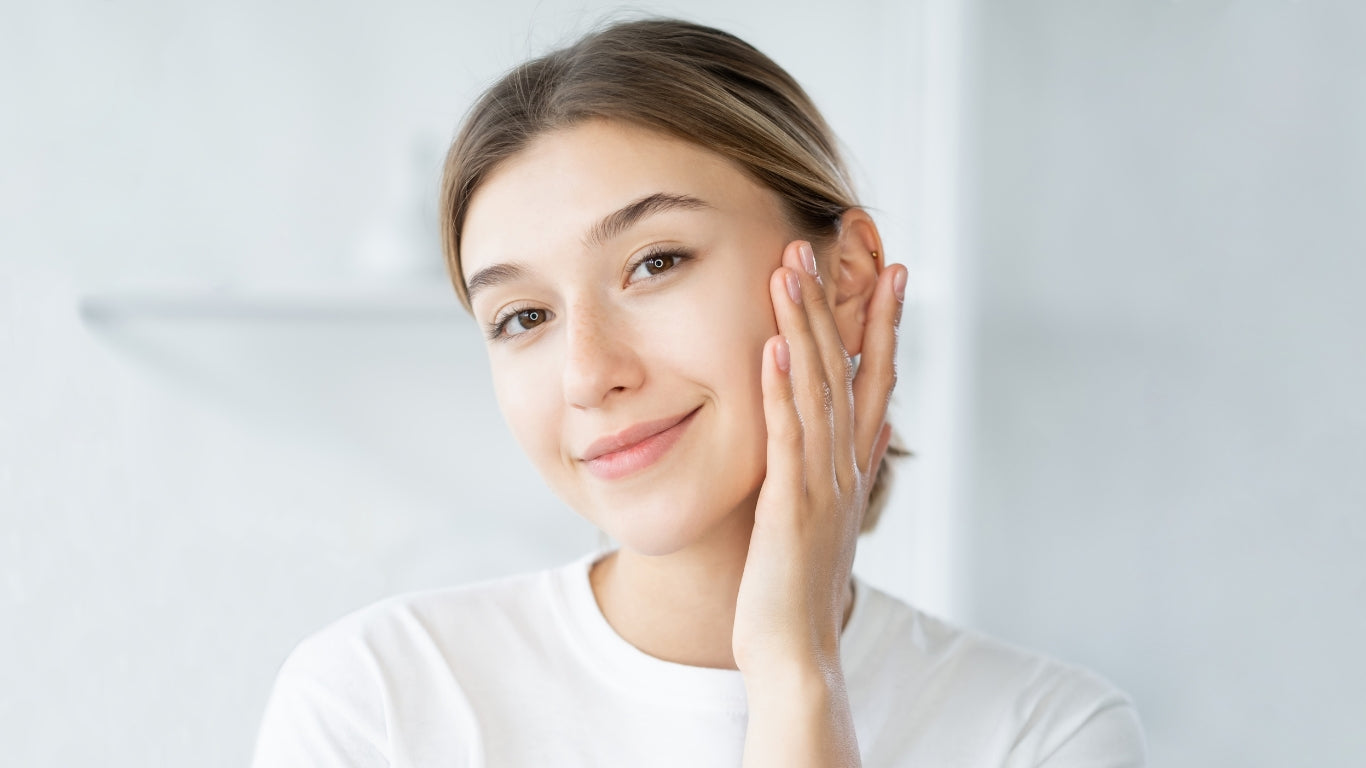Acne, the pesky and persistent skin condition, affects millions of people worldwide. It's an unwelcome guest that can appear at any age, causing frustration and a blow to self-confidence. While most of us are familiar with the generic term "acne," did you know that there are various types of acne with distinct characteristics? Understanding these different types can help you tailor your skincare routine and find effective treatments.
In this blog post, we'll dive into the world of acne and explore seven common types, giving you the knowledge you need to tackle them head-on.
Whiteheads (Closed Comedones)
Whiteheads are tiny, flesh-coloured or white bumps that appear on the skin's surface. These comedones form when dead skin cells and sebum (natural skin oil) clog the hair follicles, preventing them from opening and oxidising like blackheads. Whiteheads are not inflamed, making them easier to manage and treat.
Blackheads (Open Comedones)
Often mistaken for dirt, blackheads are small, dark spots that pop up on the skin's surface. Contrary to popular belief, the color is not caused by dirt but by the oxidisation of melanin in the clogged pore. Blackheads are open comedones, meaning the hair follicle remains open, allowing the debris to come into contact with air.
Papules
Papules are red, inflamed, and tender bumps on the skin. They occur when the walls around the clogged pores break, causing the immune system to trigger an inflammatory response. Papules can be painful and should not be squeezed, as this can worsen the inflammation and lead to scarring.
Pustules
Pustules are similar to papules but have a visible white or yellow center filled with pus. These raised, red bumps are often referred to as "pimples" and may be tempting to pop, but doing so can introduce bacteria and lead to more significant issues.
Nodules
Nodules are large, solid, and painful bumps that form beneath the skin's surface. They occur when clogged pores and inflammation extend deep into the skin, affecting multiple layers. Nodules can persist for weeks and often leave scars if not properly treated by a dermatologist.
Cysts
Cystic acne is one of the most severe forms of acne and is characterised by large, pus-filled lesions that are deep, painful, and often leave scars. Cysts can take weeks to heal and frequently require professional medical intervention for treatment.
Acne Conglobata
Acne Conglobata is an extreme and rare form of acne that is a severe manifestation of nodulocystic acne. This type of acne is characterized by interconnected nodules and abscesses that can lead to deep scarring and skin disfigurement. It requires immediate medical attention and may need a combination of oral medications, topical treatments, and possibly surgery.
Acne, in all its forms, is a common but manageable skin condition. Understanding the different types of acne is essential in determining the most effective treatment plan for your unique skin. Remember, patience is key when dealing with acne, as rushing to pop or pick at blemishes can exacerbate the issue and lead to scarring. If your acne is severe, persistent, or causing emotional distress, consult a dermatologist for personalised advice and treatment.
Maintain a consistent and gentle skincare routine, avoid harsh products, and lead a healthy lifestyle to support your skin's natural healing process. With proper care and knowledge, you can regain control of your skin and embrace the confidence that comes with healthy, clear skin.




